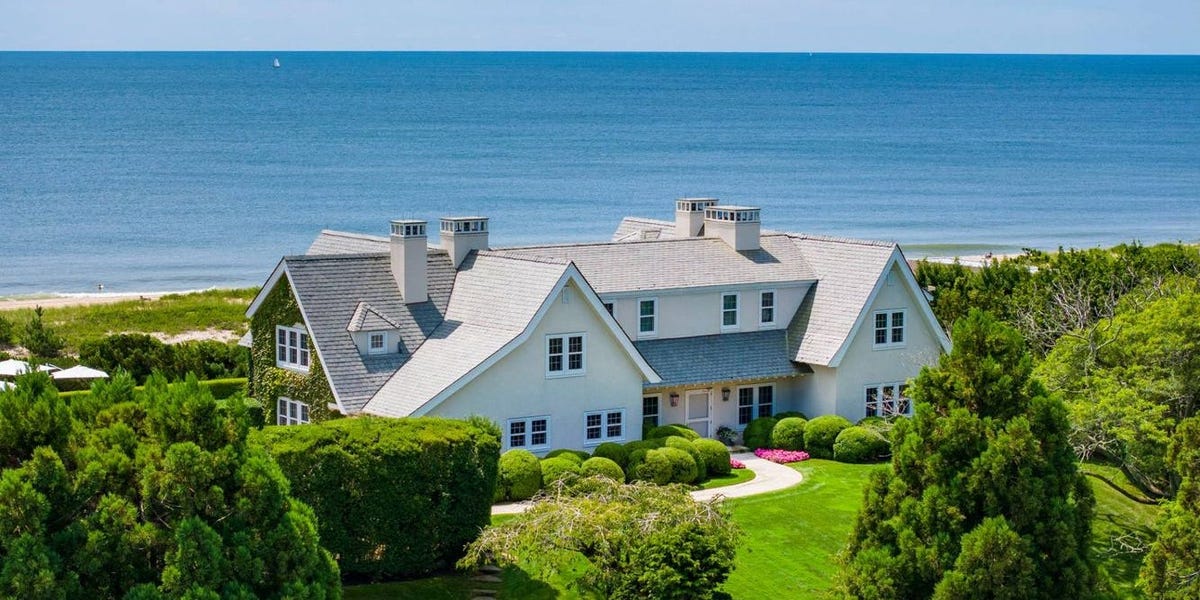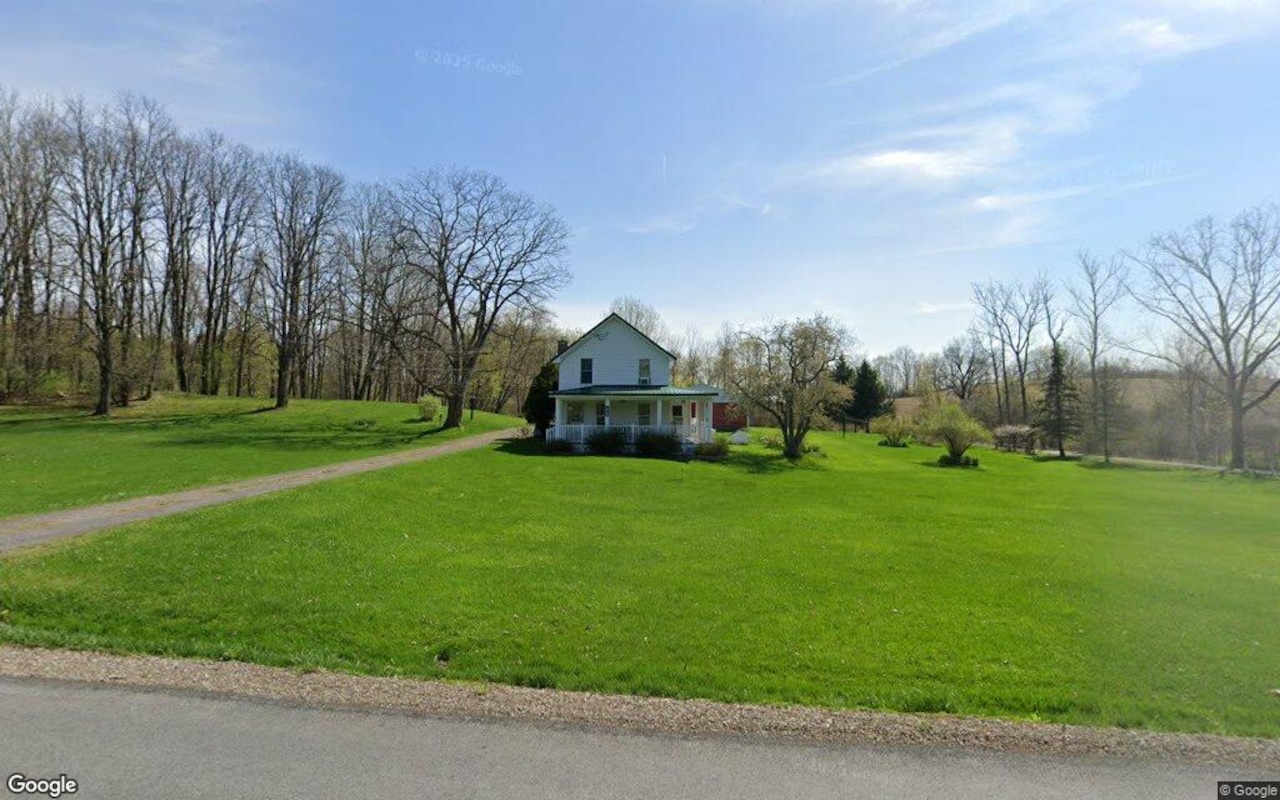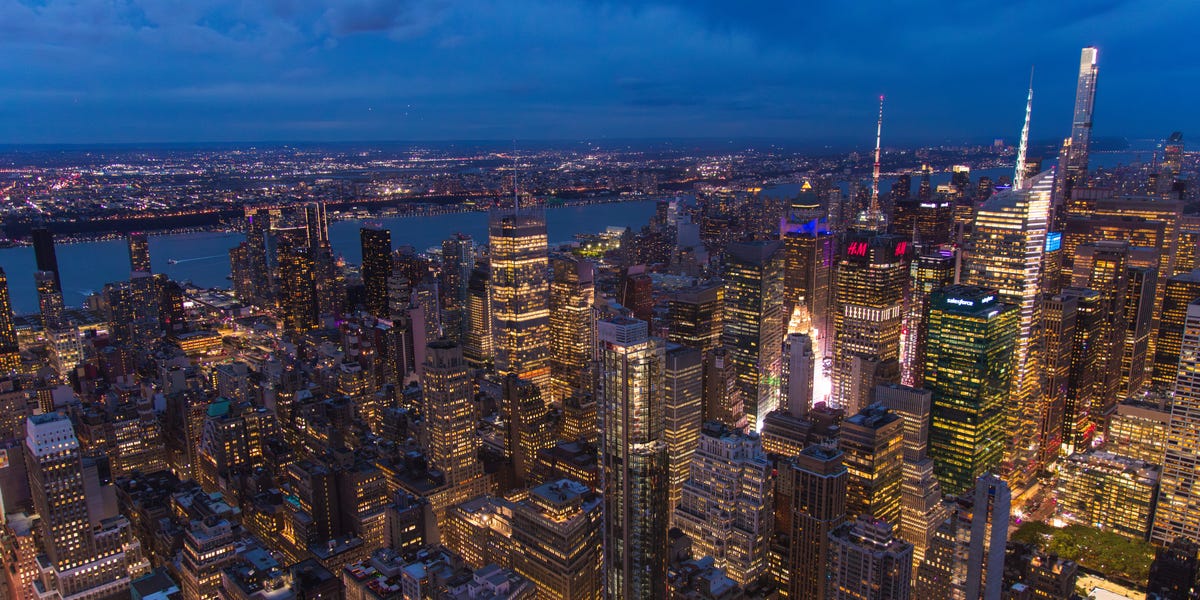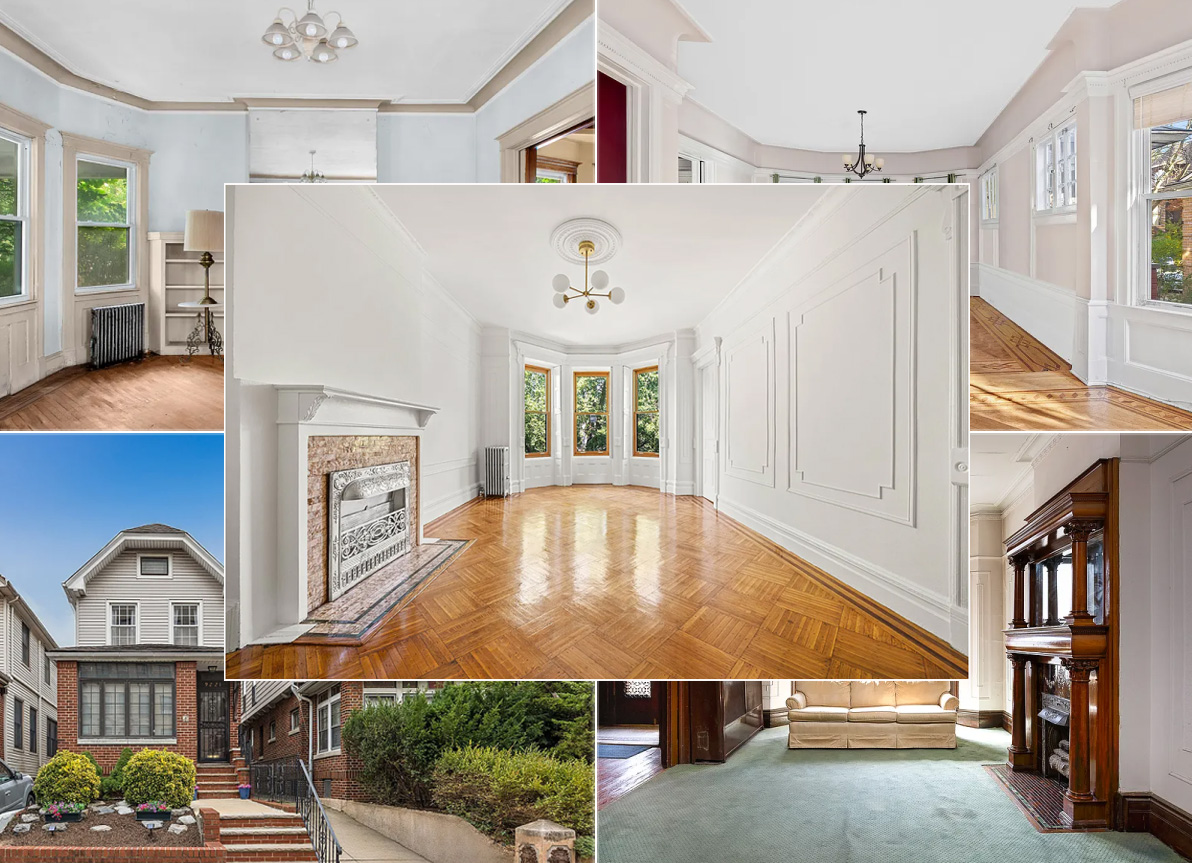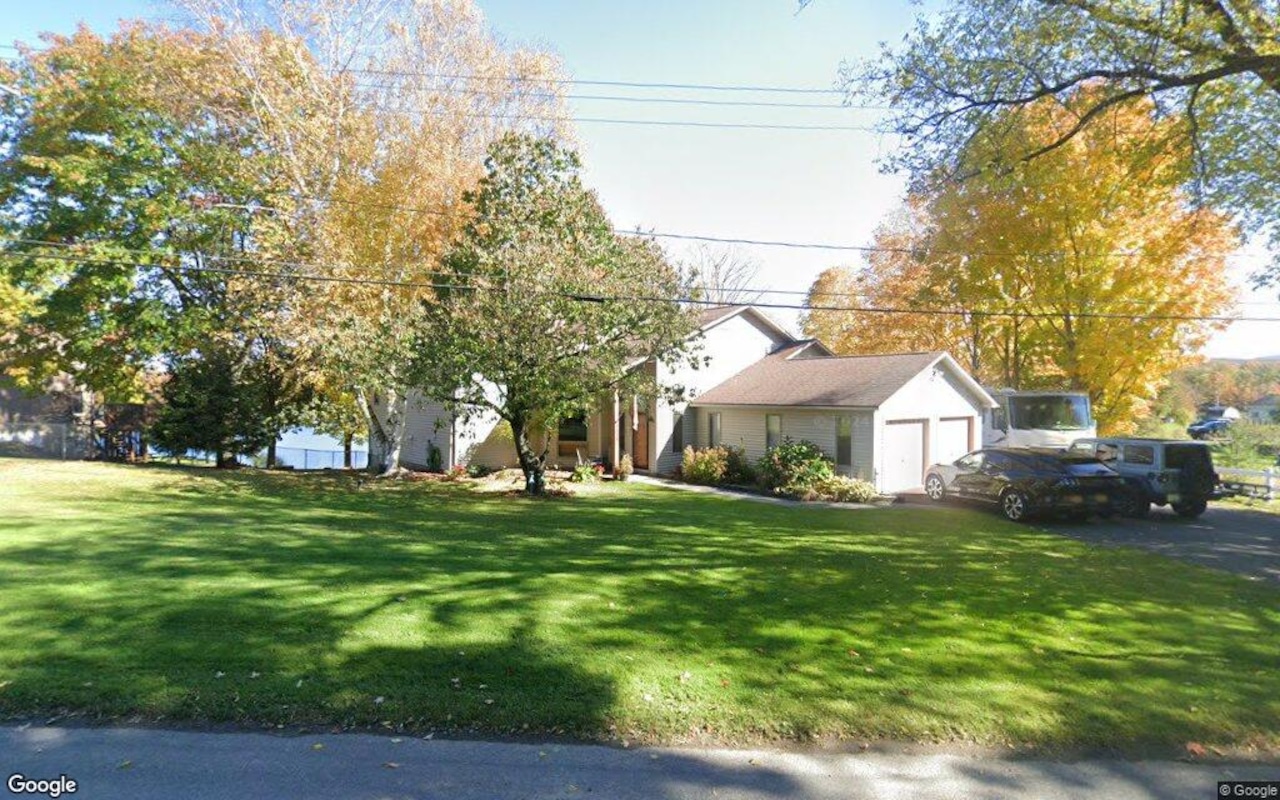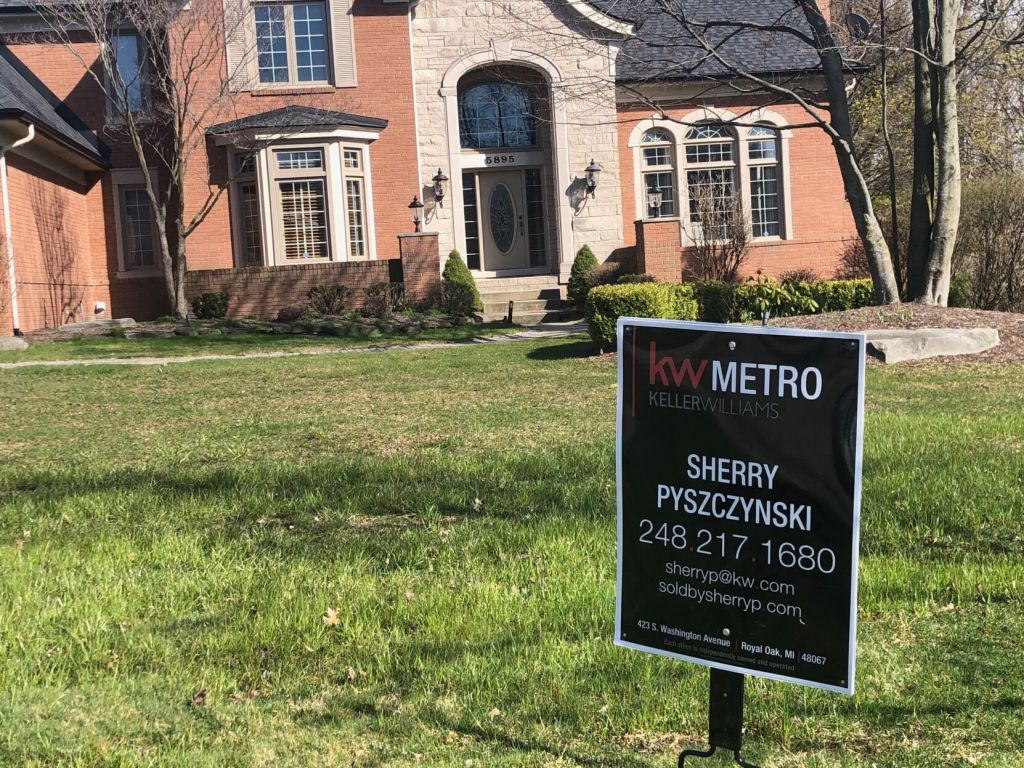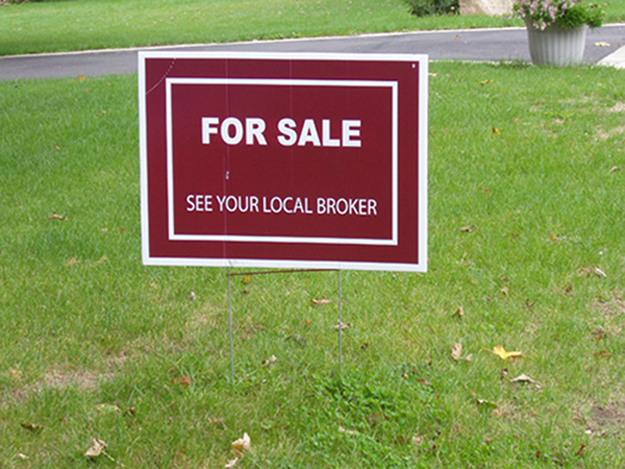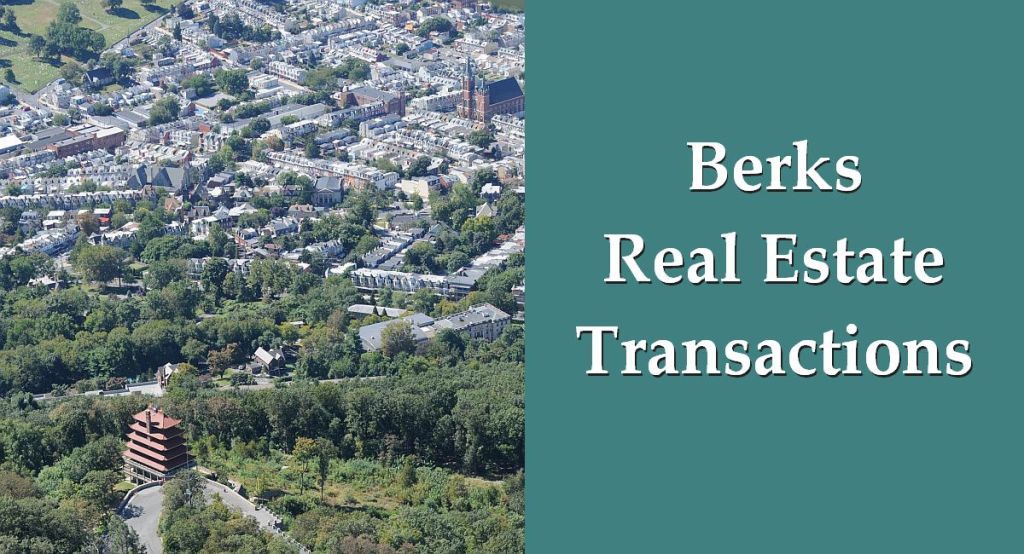4
3 E Dune Lane in East Hampton sits on 3.6 acres and is listed for $85 million, a steep drop from the original $120 million. The eight‑bedroom estate has been on the market for over 450 days. Inside, a lobster sculpture hangs from the ceiling of one room, while a private path leads directly to the beach. The property boasts a cinema, a gym with a Peloton and rowing machine, a hidden speakeasy behind a bookshelf, a sauna, multiple steam showers, a tennis court, a pool, and an art collection that could fill a museum wing.
Terry Cohen of Compass, who has shown the home to many prospective buyers, remains optimistic that it will sell soon. “The last six months have been more explosive than COVID,” he told me, noting that the luxury market in the Hamptons has surged. “Prices are going up, and there’s more money than ever here.” He added that the new East Hampton zoning law, which limits the size of homes, may temporarily shake up the market, but the wealthiest buyers appear largely unfazed.
Kyle Rosko of Douglas Elliman echoed Cohen’s sentiment. After touring a three‑bedroom stone house on the tip of Montauk listed for $18 million, he remarked, “This year has been really strong in the luxury segment. I’ve shown more than 10 million‑dollar properties in the past month than I did all of last year.” The Montauk home impressed with its vintage sink, hydrangea‑lined pool, and panoramic views of a nearby lighthouse and a seal bobbing in the water.
Douglas Elliman’s second‑quarter report shows the top 10 % of sales up 12 % year‑over‑year, with homes selling faster than the same period last year. Sales of properties between $10 million and $20 million rose 23 %, while those above $20 million climbed 40 % in the first half of 2025 compared to 2024. Nationwide, home prices are rising, but the Hamptons market remains uniquely buoyant, largely driven by finance professionals.
Dawn Watson of Serhant noted that the pandemic set a high watermark for luxury real estate that has not yet reset. “We’re in an interesting place where the rest of the world’s rules don’t apply to us,” she said. “Follow Wall Street.” The confidence of Wall Street investors persists despite broader economic uncertainty, with stocks hitting record highs and the Fed’s policy moves and tariff negotiations having limited impact on the Hamptons market.
The clientele now includes people in their 40s with children, moving beyond the traditional “60‑to‑dead” buyers. Many are purchasing multigenerational homes for their kids and grandchildren. While 43 E Dune Lane currently lacks a padel court, the agents joked that a future buyer could easily add one, given the property’s “under‑scale” nature and the potential for further expansion.
Overall, the Hamptons luxury market remains resilient, buoyed by Wall Street wealth, new zoning regulations that may temporarily temper growth, and a steady stream of high‑net‑worth buyers eager to invest in coastal estates.
